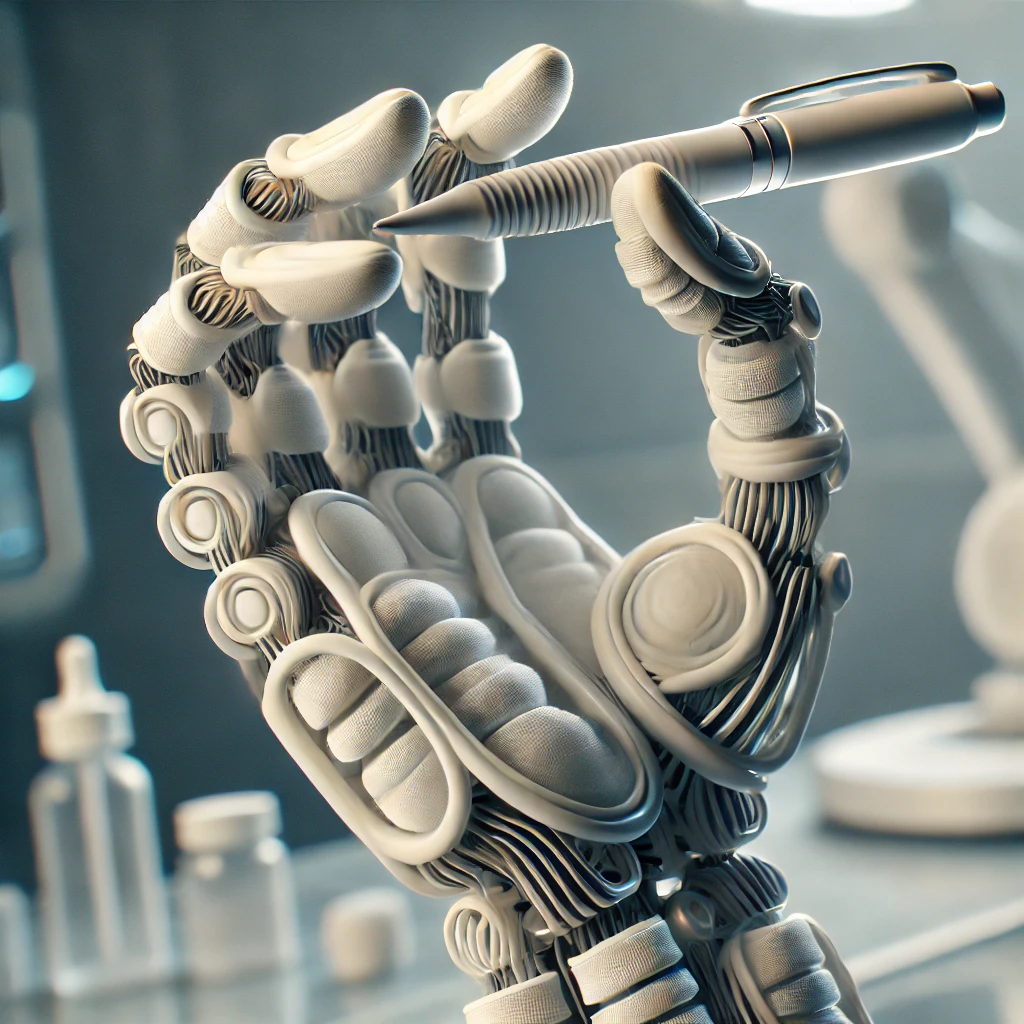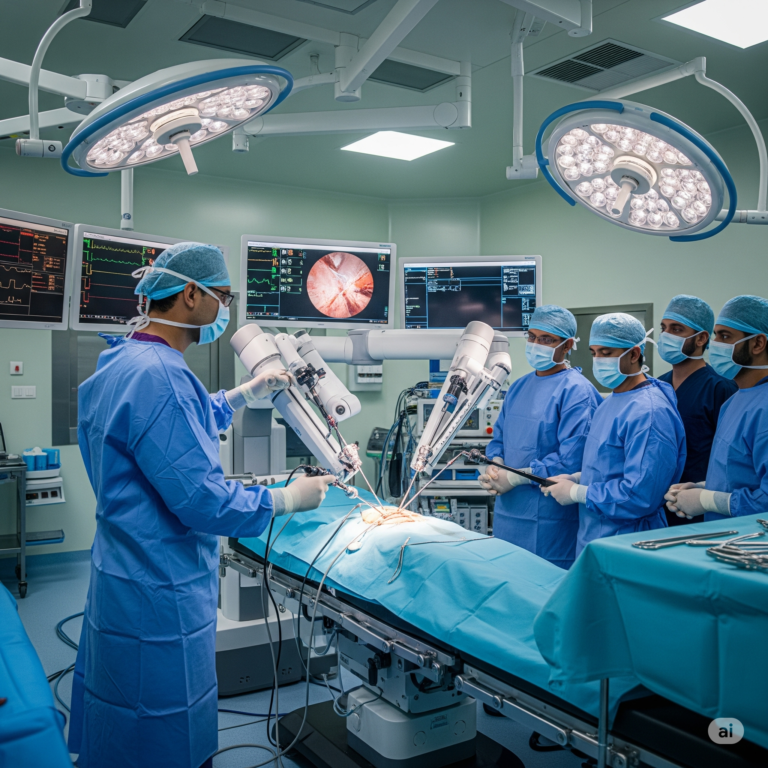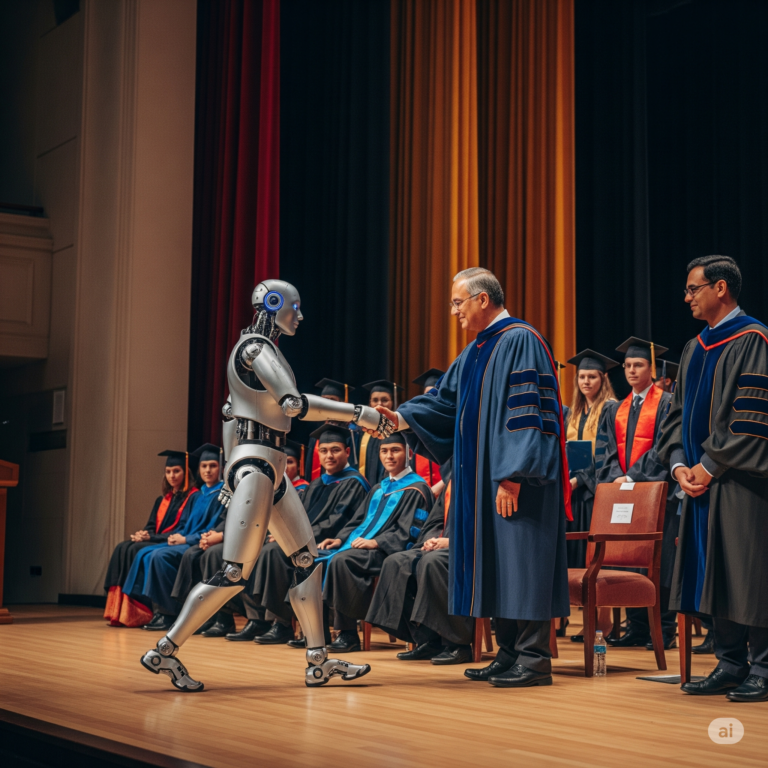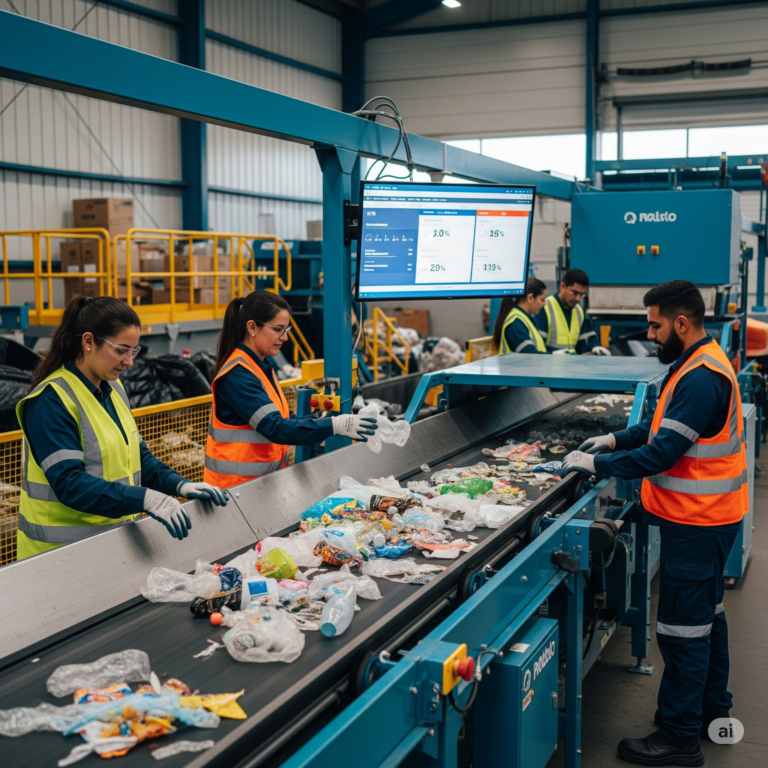Introduction:
Imagine robots that can gently pick up a fragile egg without breaking it or navigate through tight spaces like an octopus squeezing through a narrow gap. This is the promise of soft robotics, an emerging field that draws inspiration from nature to create flexible, adaptable, and dexterous robots. Unlike traditional robots made of rigid metal and hard plastic, soft robots are designed with elastic, stretchable, and malleable materials that mimic biological structures. This allows them to perform delicate tasks that were previously impossible for conventional robots.
Soft robotics is revolutionizing industries such as medicine, agriculture, manufacturing, and deep-sea exploration. In this article, we will explore the development of soft robotics, the key technologies behind them, their applications, and what the future holds for this innovative field.
1. What is Soft Robotics?
Soft robotics is a subfield of robotics that focuses on designing and developing robots made from flexible and deformable materials. These robots are inspired by biological organisms such as octopuses, starfish, and caterpillars, which use their soft bodies to move efficiently and manipulate objects delicately.
Key Features of Soft Robots:
- Highly Flexible – They can bend, stretch, and change shape without breaking.
- Adaptive – They can adjust to different environments and interact with fragile objects.
- Bio-Inspired – They mimic nature’s efficient movement and gripping abilities.
- Safe for Human Interaction – Unlike traditional rigid robots, they can work alongside humans without causing harm.
2. Key Technologies Behind Soft Robotics
The development of soft robotics relies on advanced materials, innovative actuation methods, and cutting-edge control systems. Here are some key components that make soft robots possible:
A. Soft and Stretchable Materials
Soft robots are made from materials such as silicone, rubber, hydrogels, and shape-memory polymers. These materials allow the robots to stretch, compress, and deform without losing their function.
B. Actuation Mechanisms (How Soft Robots Move)
Since soft robots don’t have traditional motors or gears, they rely on different actuation methods:
- Pneumatic Actuators – Use air pressure to inflate or deflate chambers in the robot, mimicking the movement of muscles.
- Hydraulic Actuators – Use liquid pressure for smooth and controlled movements.
- Dielectric Elastomers – Thin films that expand or contract under electric fields, enabling fine motion control.
- Magnetically or Thermally Responsive Materials – React to magnetic fields or temperature changes to induce movement.
C. Sensors and AI Integration
Soft robots use flexible sensors to detect pressure, temperature, and touch, allowing them to adapt to different environments. AI and machine learning help them improve their decision-making and learn from their interactions.
3. Applications of Soft Robotics
Soft robotics has a wide range of applications across multiple industries. Here’s how they are making an impact:
A. Medical and Healthcare Applications
Soft robots are transforming surgery, rehabilitation, and patient care:
- Minimally Invasive Surgery: Soft robotic arms can perform precise surgeries with less damage to tissues.
- Prosthetics & Exoskeletons: Soft robotic prosthetics offer more natural movement and comfort to amputees.
- Wearable Rehabilitation Devices: Help patients regain mobility after strokes or injuries by providing gentle assistance.
B. Agriculture and Food Industry
In farming and food processing, soft robots handle delicate produce like strawberries, tomatoes, and eggs without causing damage. They are used for automated fruit picking, sorting, and packaging.
C. Industrial and Manufacturing Use
Soft robotic grippers are replacing traditional metal claws in factories. They can:
- Handle fragile electronics without damage.
- Work safely alongside human workers.
- Reduce injuries by replacing hazardous manual tasks.
D. Deep-Sea and Space Exploration
Soft robots are ideal for underwater and space missions because they can:
- Survive extreme pressures underwater.
- Squeeze through narrow spaces in deep-sea environments.
- Operate in unpredictable extraterrestrial conditions.
E. Disaster Response and Search & Rescue
Soft robots can navigate through collapsed buildings, tight spaces, and rough terrain to locate survivors after natural disasters like earthquakes.
4. Challenges in Soft Robotics Development
Despite the exciting progress, soft robotics faces several challenges:
- Material Durability – Soft materials wear out faster than rigid materials.
- Complex Control Mechanisms – Controlling soft robots’ movements precisely is more difficult than traditional robots.
- Energy Efficiency – Soft robots require better power sources for long-term operation.
- Scalability – Making soft robots affordable and mass-producible is still a challenge.
5. The Future of Soft Robotics
Soft robotics is evolving rapidly, and future advancements will make these robots even more capable. Here’s what we can expect:
✅ Self-Healing Materials: Soft robots that can repair themselves after damage, increasing lifespan.
✅ Better AI and Machine Learning Integration: More intelligent soft robots that can adapt and improve their performance over time.
✅ Human Augmentation: Wearable soft robotic suits that enhance human strength and endurance.
✅ Eco-Friendly Biodegradable Robots: Soft robots made from natural, decomposable materials to reduce environmental impact.
✅ Affordable Soft Robots for Everyday Use: In the future, soft robots could assist with household chores, elderly care, and child development.
6. Conclusion
Soft robotics is a game-changer in the world of automation. By taking inspiration from nature, scientists and engineers are developing robots that are more flexible, adaptable, and safe for human interaction. As technology advances, soft robots will become more efficient, intelligent, and widely used across industries.
From healthcare to space exploration, agriculture to disaster relief, soft robotics is shaping the future of robotics in ways we never imagined. The next decade will likely bring breakthroughs that will make soft robots an essential part of our daily lives.
References:
- Kim, S., Laschi, C., & Trimmer, B. (2013). “Soft Robotics: A Bioinspired Evolution in Robotics.” Trends in Biotechnology, 31(5), 287-294.
- Rus, D., & Tolley, M. T. (2015). “Design, Fabrication, and Control of Soft Robots.” Nature, 521(7553), 467-475.
- Laschi, C., Mazzolai, B., & Cianchetti, M. (2016). “Soft Robotics: Technologies and Trends.” Soft Robotics, 3(3), 107-110.















+ There are no comments
Add yours